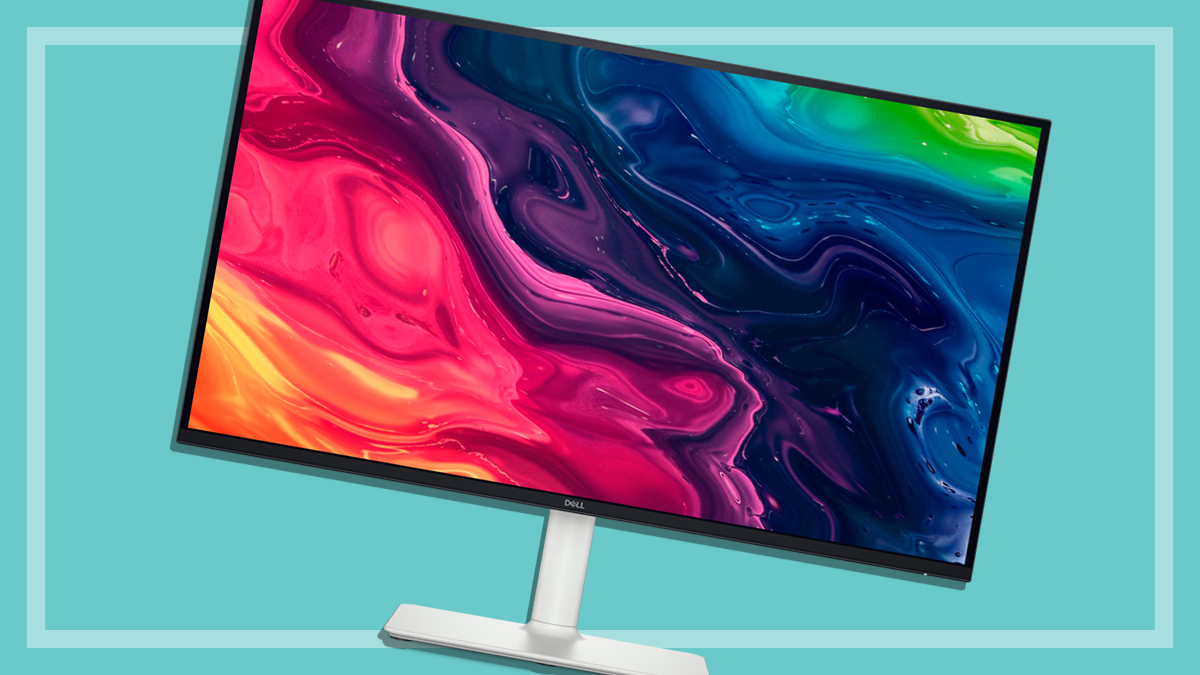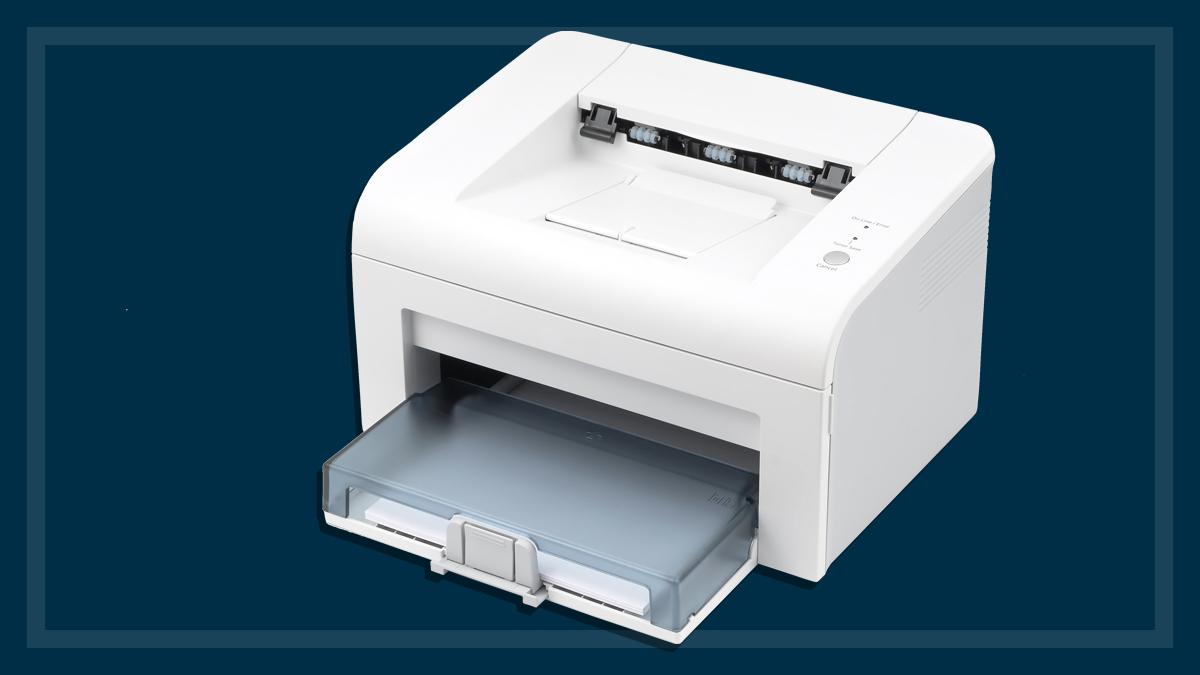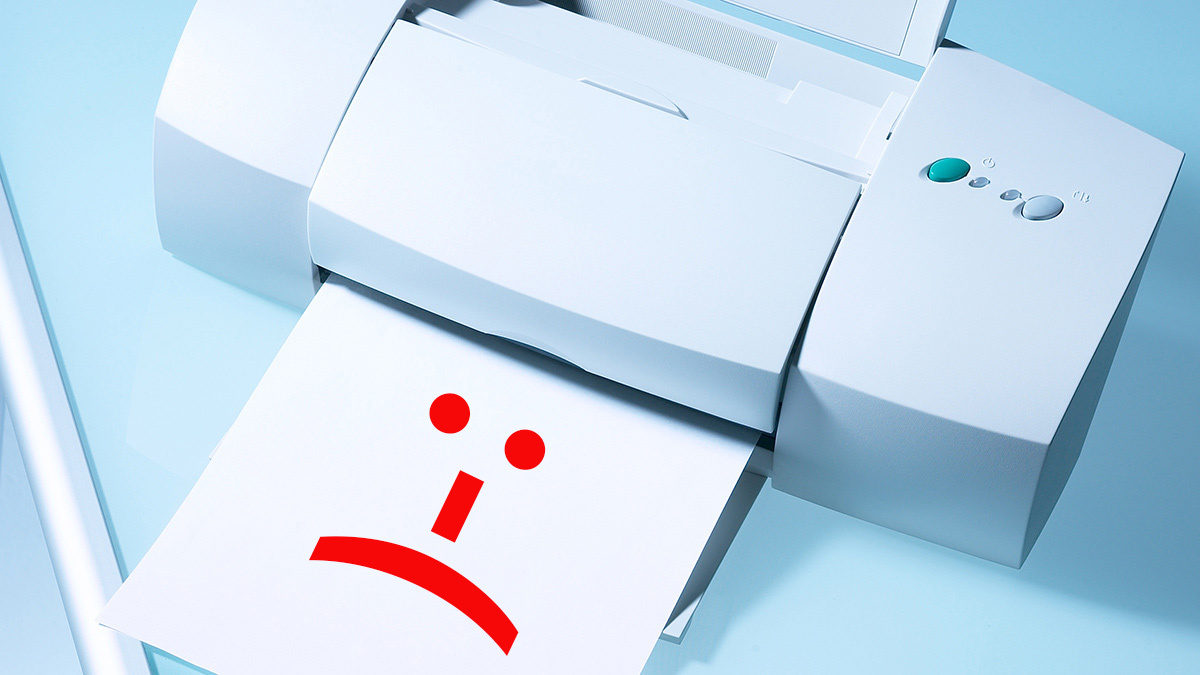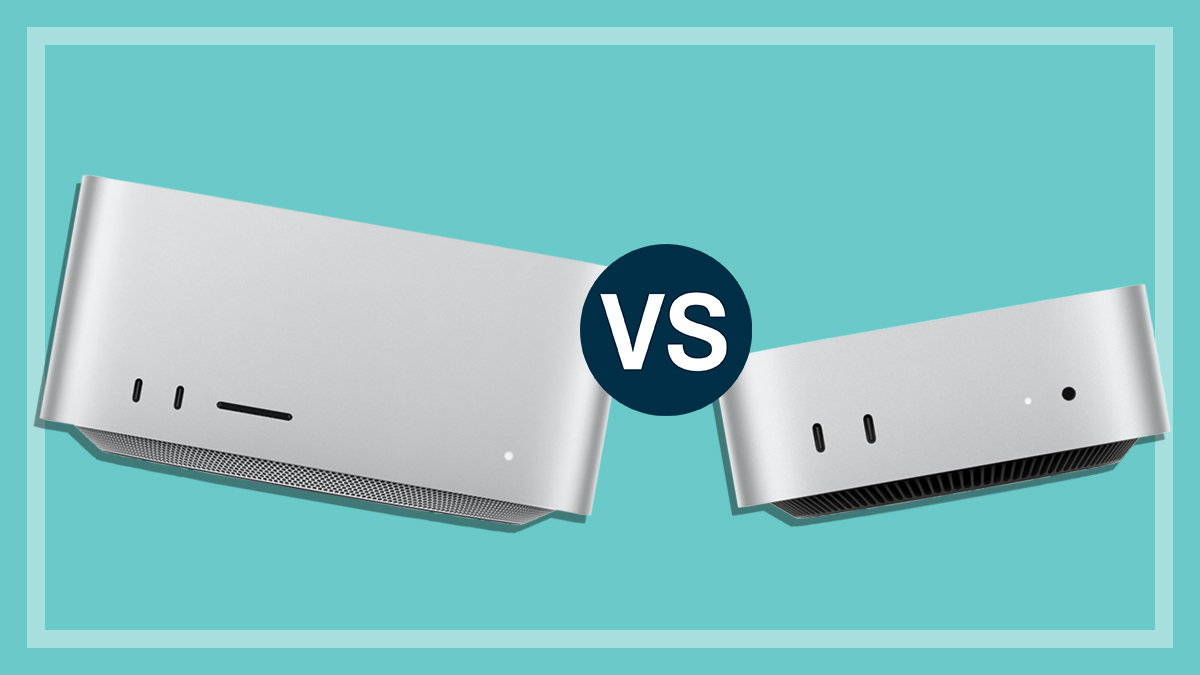Get our independent lab tests, expert reviews and honest advice.
Should you build your own computer?
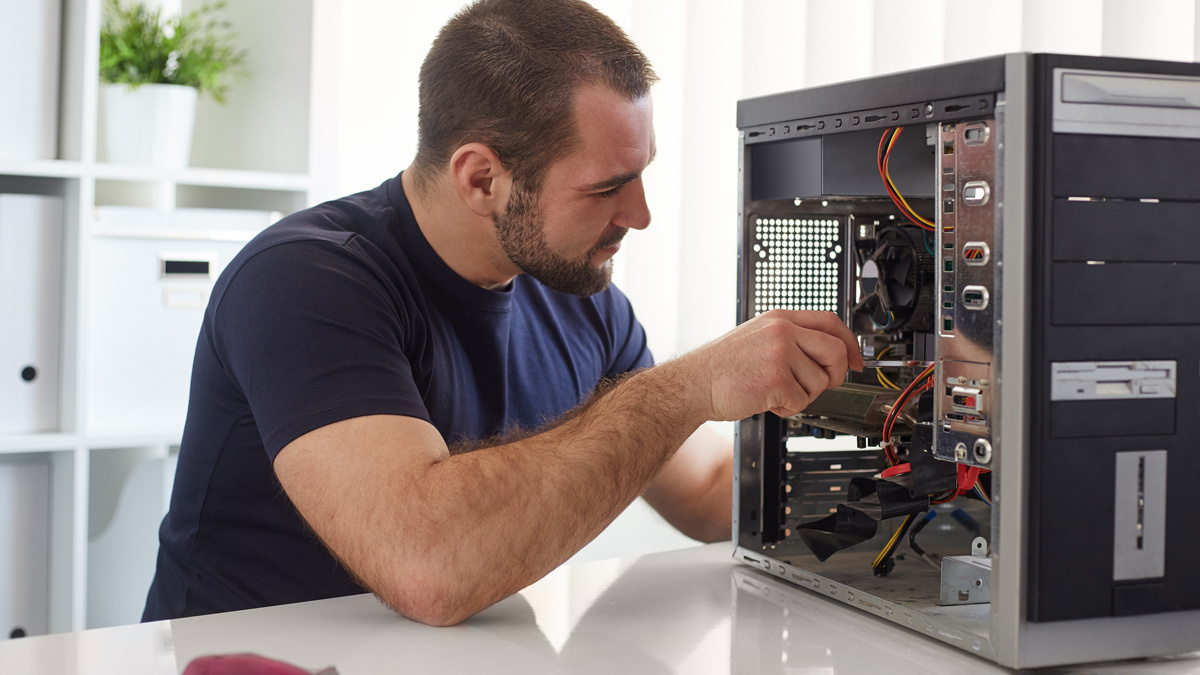
Need to know
- You could stand to save a lot of money by building your own PC
- Building your first PC has a steep learning curve
- Below $1000 or so, building your own PC isn't really worth it
On this page:
- Why should you build your own PC?
- What are the downsides of building your own PC?
- What parts do you need to build a PC?
- Price comparison: building a PC vs buying one prebuilt
- Showdown one: high-end PCs
- Showdown two: mid-range PCs
- Showdown three: low-end PCs
You can often put together your own powerful PC and get more bang for your buck than a comparable-cost, off-the-shelf system, but should you?
If you’re looking for a high-performance computer, laptops and desktop PCs (including all-in-ones) offer a big convenience factor – they’re ready to go right out of the box, saving you time and set-up hassles. Additionally, any hardware problems can be sorted out via after-sales support or a warranty claim. The downside is they can cost more and your customisation options can be very limited.
On the other hand, a home-built PC can give you far more parts to choose from, and offer you a more powerful system for the same money. But troubleshooting and chasing up warranty claims over individual parts can be a pain.
So, is it worth the hassle and how much can you save?
We’ve taken a look at some laptops and all-in-ones designed for general and professional use to see how they fare against available build-it-yourself components.
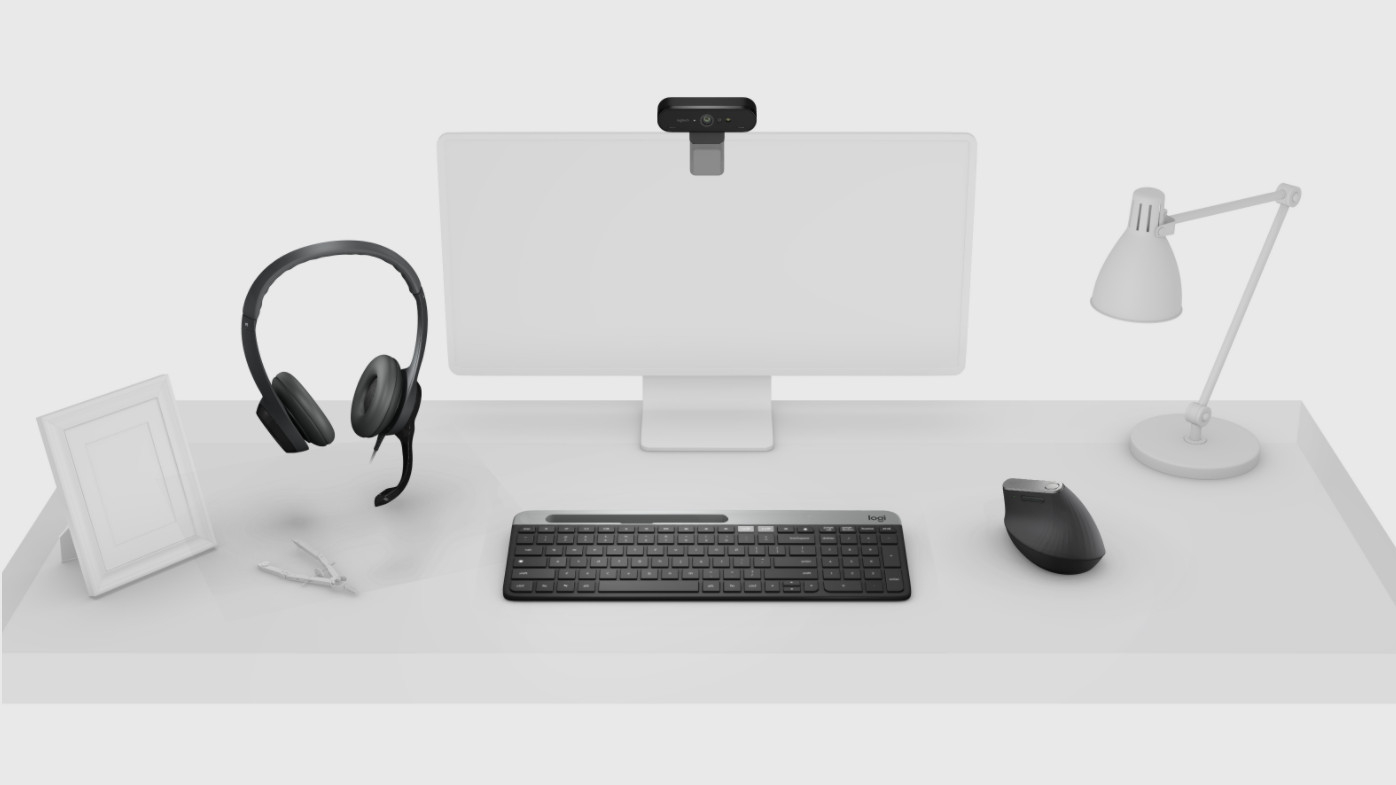
Why should you build your own PC?
In a nutshell, a build-it-yourself PC can save you money in both the short and long term. This is because it can cost less to put together and less to upgrade components down the track, which keeps your system relevant for longer. It also offers far more customisation options.
Alternatively, if you’re shopping for a ready-made desktop tower PC you can be limited in terms of future upgrades, and when your PC starts to feel sluggish and a bit old-hat a few years down the track there’s little you can do about it. You might have no alternative but to buy a whole new machine.
You’re in even worse shape with a laptop or all-in-one PCs – they don’t usually let you switch out individual parts, except perhaps RAM (memory) and storage.
Build-it-yourself PCs have no such restrictions. When you buy and install every part yourself, you only need to replace or upgrade components as needed.
Central processing unit (CPU) running slow? Buy a better one. Not enough RAM or storage space? Buy more or swap out your RAM and drive(s) for higher-capacity and higher-performance units. The same goes for graphics processing, Bluetooth and Wi-Fi standards, input/output (I/O) such as USB, thunderbolt, etc., and more.
It’s not an everlasting progression, of course. Technology changes fast and even a custom-built PC will eventually run out of replacement-part options.
Motherboards are designed to fit a handful of CPUs and a certain type of RAM. If you set your sights on a spiffy new CPU that doesn’t fit your older motherboard, you’ll need to replace both. If the new motherboard wasn’t designed for your current RAM, you’ll need to replace that, too. There are other potential clashes, but these tend to be the most common.
For a build-it-yourself PC, you also don’t have to pay for things you don’t need such as a webcam, microphone, Bluetooth, Wi-Fi, or touchscreen. If you find out you want to add one or more of these down the line, buy and install each component as needed.
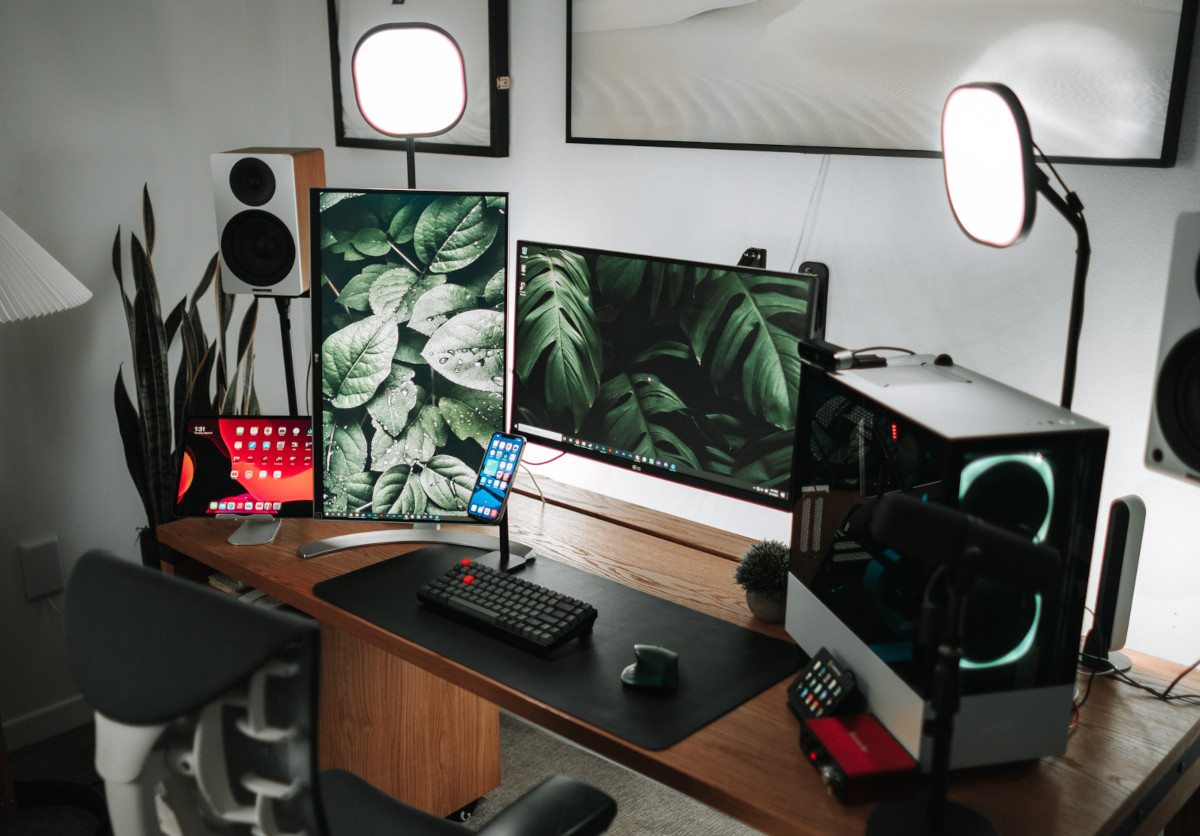
What are the downsides of building your own PC?
Building your first PC has a steep learning curve, no matter how easy online tutorials might make it seem. Compatibility of parts is the biggest issue – you need to make sure all the individual bits and pieces will work happily together once assembled into your PC case.
Will the CPU fit into your motherboard? Or the RAM? Is the power supply powerful enough? What about cooling? Will the fans keep everything chill when you’re maxing out your CPU, RAM, storage drives and graphics card?
Online tutorials – usually targeted at gaming PCs – often suggest building your first PC is easier than it is. That said, these tutorials will still be invaluable, as will websites such as PCPartPicker, which gives you a good leg-up with build guides to get you going.
Just don’t be too hard on yourself if you have more trouble than a how-to guide says you will.
Another big hurdle is current global stock shortages of many PC parts, particularly graphics processing units (GPUs) and CPUs. This seriously limits the range of parts you can buy, and has raised the price of available stock.
The pandemic-prompted work-from-home trend has also strained supply chains for things like monitors and webcams. You might end up with pricier or worse parts than you’d planned for.
Then there’s size. Self-built PCs are bulky, unless you’re willing to put hours of research into compact designs, which we don’t advise for first-timers. And even the most compact build-it-yourself desktop PCs are blocky compared to all-in-one PCs, let alone a laptop.
Not only that, but you need to match your case to your components. Generally speaking, the two most common sizes are mid tower and full tower. Mid tower will suit most basic needs, but if you have a large cooler, high-end motherboard, or plan on doing demanding tasks such as gaming that will cause heat, you might need something bigger.
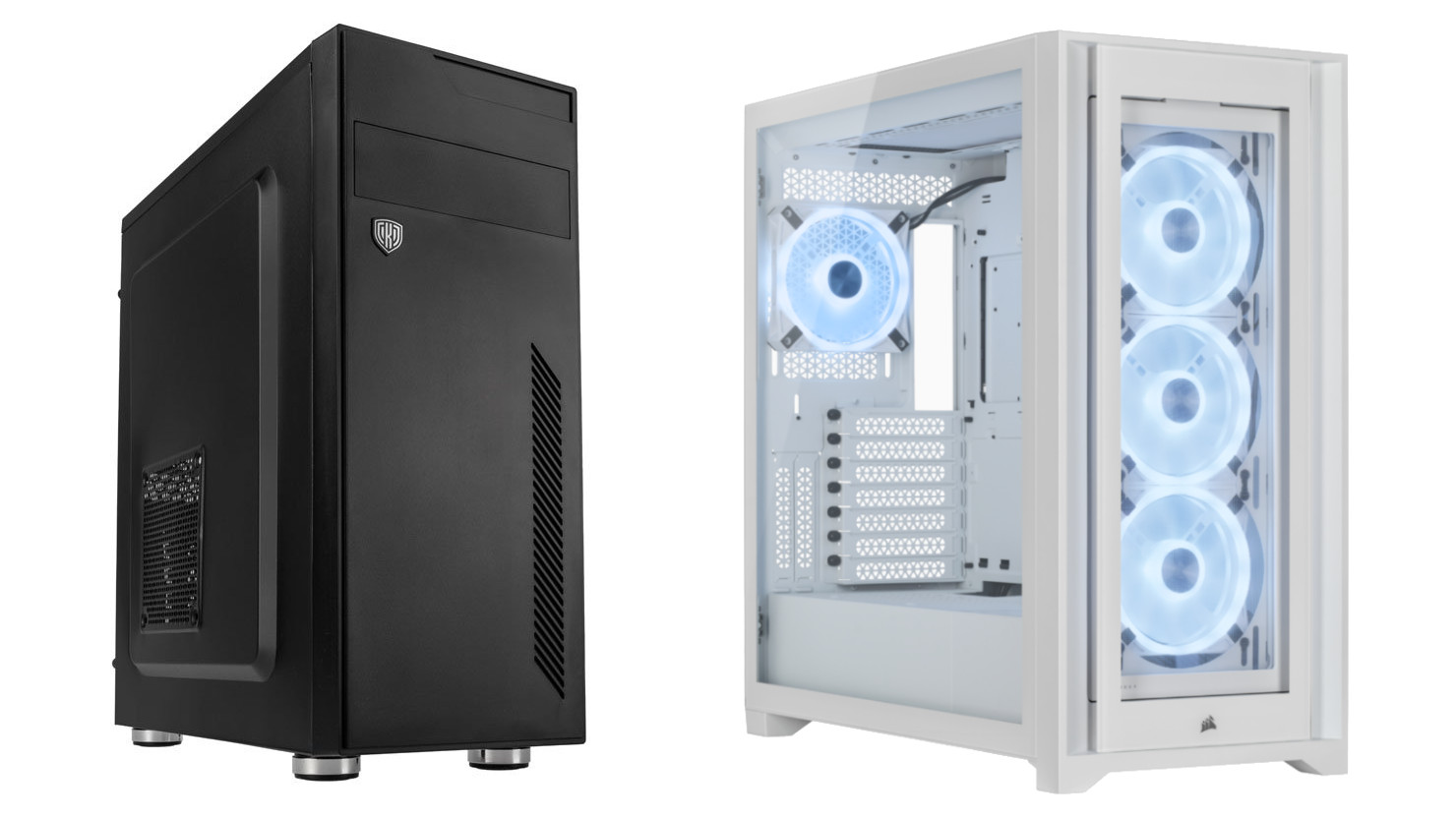
What parts do you need to build a PC?
The bare bones of a self-built PC are:
- CPU
- CPU cooling system (sometimes a budget one is included with the CPU)
- GPU
- RAM
- motherboard
- power supply
- case/tower.
Additional parts and costs
Aside from the basic PC parts, there are additional costs you might need to consider, which can depend on what you already have at hand.
Let’s look at some (very) rough costs using in-stock hardware we could find online from Australian stores. Stock availability is fluid in the current climate, so your own search might vary considerably.
- Operating system (OS) – free or $225. Windows 10 Home Edition is $225. You keep this licence forever and can transfer it to a new PC if you upgrade. Once you’ve installed Windows 10 Home, Windows 11 Home is free if your PC is compatible. At the time of writing, you couldn’t simply buy a Windows 11 licence. A free alternative is installing a Linux distribution such as Ubuntu, Manjaro or others.
- Webcam and mic – $55–$130. In our webcam review, we found this was roughly the price range in which webcams competed with or surpassed those built into many laptops. The Microsoft LifeCam Studio ($130) performed equal best in our tests. But laptop and all-in-one webcams are often lacklustre, so you could go as low as $55 for the Xiaomi Mi IMILAB (CMSXJ22A, W88 S), for example, and still get decent results.
- Wi-Fi and Bluetooth – various prices. Build-it-yourself motherboards don’t tend to have Wi-Fi or Bluetooth receivers built in. Common solutions are a USB dongle or a PCI express card that installs directly into your motherboard. Pricing varies based on the quality of product (e.g. Wi-Fi 5 versus Wi-Fi 6, Bluetooth 4.1 versus Bluetooth 5.1, or reliability of signal receiving/broadcasting). Two examples include the ASUS PCE-AX3000 PCIe Wireless and Bluetooth adapter ($89) and the D-Link DWA-X1850 ($150) USB dongle, though the latter only provides Wi-Fi 6 and not Bluetooth. An ultra-budget example is the Simplecom NW632 WiFi 5 & Bluetooth 5.0 USB Wireless Adapter ($23.99).
- Speakers – starting at around $35. Cheap PC speakers aren’t great, but they’ll probably compare favourably to laptop and most all-in-one speakers. Some monitors also have speakers built in, but you might also get by with headphones you already have.
Below are some peripherals you might already own.
- Mouse and keyboard – various prices. You can get an entry-level wireless mouse and keyboard combo for about $40, both of which come with their own wireless USB dongle. These are fine for general productivity and casual use. But you can spend upwards of $200 per gadget if you want to go fancy. Keep in mind, if you buy a Bluetooth mouse or keyboard that doesn’t come with a USB dongle, you’ll need to add a Bluetooth receiver to your build-it-yourself shopping list.
- Monitor – various prices. If you don’t already have a monitor, you might pick up a 1920×1080 (1080p) one for as low as $100 second-hand or a new one for $180, but you can easily spend upwards of $500 for a higher-resolution one.
- External storage drive – if you have a portable or external hard drive or solid-state drive, you can use it to supplement your PC’s storage. This means you can buy a smaller, cheaper drive to run your OS from.
Price comparison: building a PC vs buying one prebuilt
Let’s look at some rough price comparisons between laptops, all-in-ones and theoretical build-it-yourself PCs we ‘built’ (but not really) using available parts from online retailers.
There’s no one-to-one power equivalent between laptop and desktop hardware, so we’ve selected approximate components based on what we think people interested in certain products are after. We’ve also been heavily limited by stock availability in Australia.
We don’t test all-in-one PCs or build-it-yourself parts. So, when comparing them, we’ve looked at their specifications and user data from UserBenchmark, where people submit test results of their own hardware for performance comparisons.
Note: The PC part market is in a state of flux thanks to part shortages and upcoming releases. The prices we’ve quoted were accurate at the time of writing, but will likely change over the coming months.
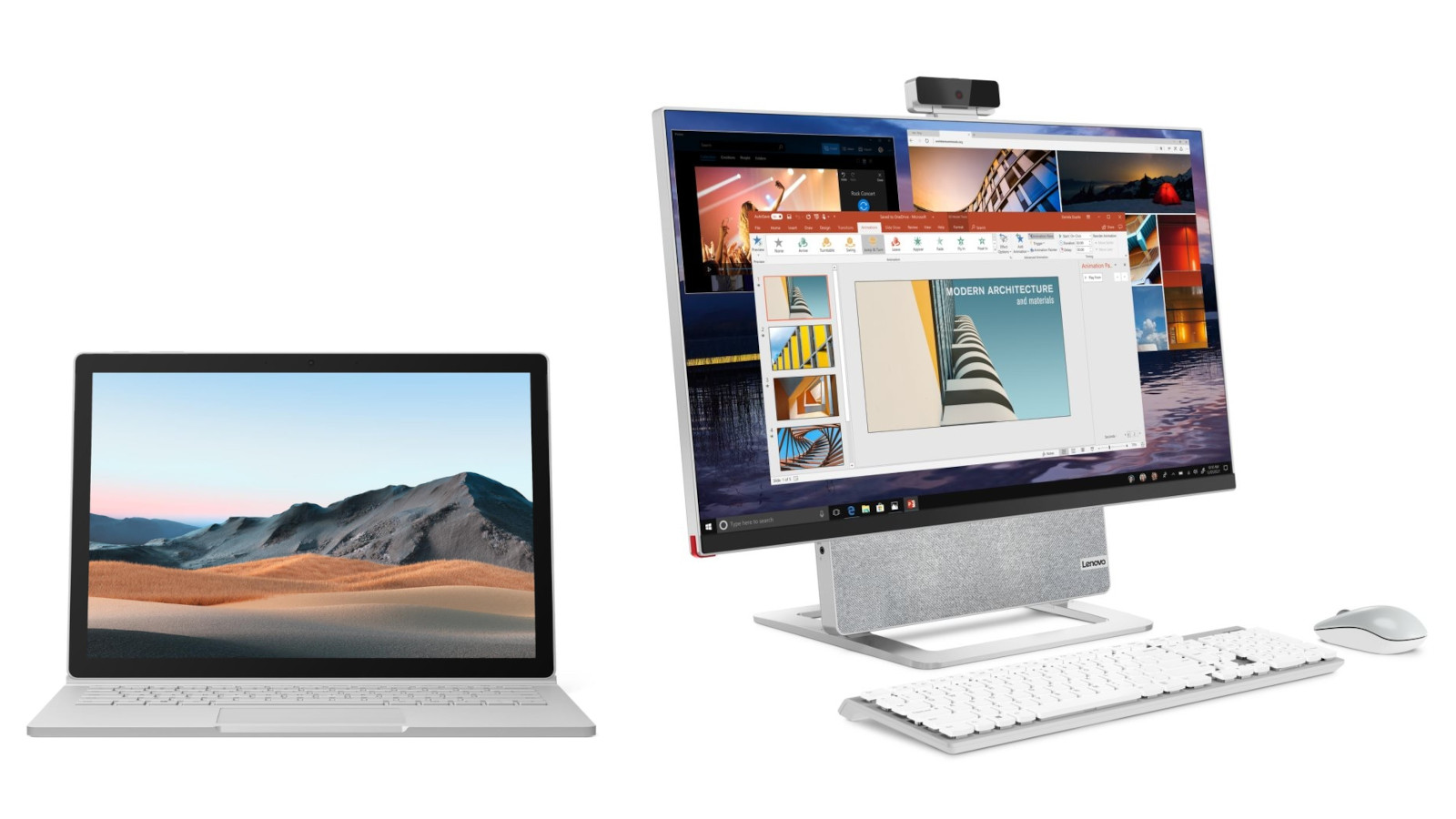
Showdown one: high-end PCs
- Microsoft Surface Book 3 (SMN-00015): $4149
- Lenovo Yoga AIO 7 27-inch R7-4800H: $3299
- Our build: $2776
The Surface Book 3 is a powerful, high-end laptop aimed at professionals and one that scored well in our most recent laptop comparison review. It has great hardware for a laptop, but its CPU and GPU fall short when compared to desktop PC parts.
The Lenovo Yoga AIO 7 27-inch R7-4800H is aimed at a similar crowd, but should also have decent gaming and graphics performance from its NVIDIA RTX 2060 graphics processor (6GB version).
For a CPU, we chose the Intel Core i5 10400 ($249) – a bit more powerful than the Lenovo all-in-one’s AMD Ryzen 7 4800H and significantly better than the Surface Book’s ‘laptop-class’ Intel Core i7-1065G7.
Like the Yoga AIO, our GPU is a 6GB RTX 2060 – the 6GB version is one of the cheapest options for this card at $899.
Our 512GB solid state drive holds up against the similar drives in the other two PCs, but the Yoga AIO also has a 1TB hard drive. That said, you could add one to our build for about $60.
The monitor we chose is the 4K, 27-inch Dell S2721QS ($549). It should look good next to the 4K 27-inch screen of the Yoga AIO, and is larger than the 4K, 15-inch display of the Surface Book 3. But the Surface Book 3 does admittedly have touch input, which our build lacks.
We also need a webcam and mic for conference calls. The Logitech C615 Portable HD Webcam ($99) is a good choice.
Adding the rest of our general hardware and peripherals using decent and available options brings the total to $2776, which is $1373 below the Surface Book 3 and $523 cheaper than the Yoga AIO.
If that still doesn’t sound like a good trade-off, save $89 if you don’t need Wi-Fi or Bluetooth, $99 if you don’t need a webcam and mic, and you can scale back the CPU, storage drive speed, or monitor. Although you might struggle to find in-stock minor downgrades at the moment.
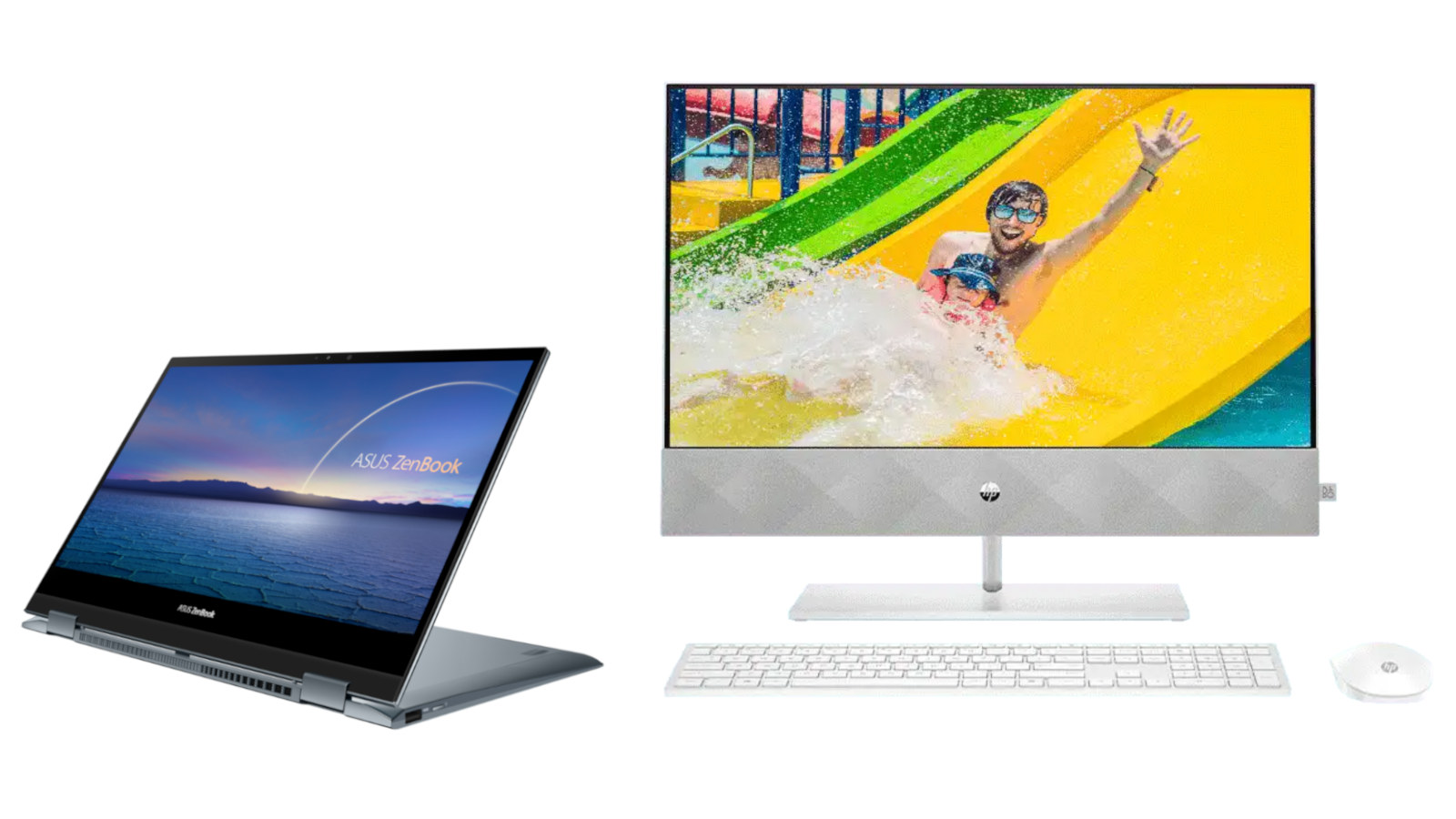
Showdown two: mid-range PCs
- ASUS ZenBook Flip 13 UX363: $1599
- HP Pavilion 24-k0214a PC all-in-one: $1799
- Our build: $1607
The ASUS ZenBook Flip 13 UX363 is a good mid-range laptop. Now priced at $1599, it compared well to the Microsoft Surface Book 3 ($4149) in our laptop tests. Its CPU is powerful for a laptop in this price bracket, and its touchscreen flips around, letting you use it like a tablet.
The HP Pavilion 24-k0214a all-in-one PC has a more-powerful CPU than the ZenBook, and its 23.8-inch screen has touch input. All up, it appears to be a neatly-packaged PC that should handle productivity tasks efficiently.
Both devices have a 1080p display, but their graphics processors are lacklustre to say the least, so don’t expect much use beyond video.
Due to PC part availability, we couldn’t make a cheaper one of similar hardware power. As such, our build is more powerful than both and costs about the same as the Zenbook.
We chose an Intel Core i3 10100F ($129) CPU, which should easily outperform both competitors.
When looking for a GPU, we were extremely restricted by availability. We selected NVIDIA GTX 1050-Ti ($389). This GPU is way out of the league of these two computers, but is middling at best when compared to the GPU market.
Because we had to spend more than necessary on the GPU, we went with the relatively affordable AOC 24B2XH 23.8-inch 1080p monitor ($205), which isn’t a touchscreen.
All-in-all, we came out with a seriously superior computer, thanks largely to the GPU. When GPU availabilities begin to stabilise, you should be able to save more. And once again you can ditch the Bluetooth and Wi-Fi ($89), speakers ($35), and webcam ($55) if you want.
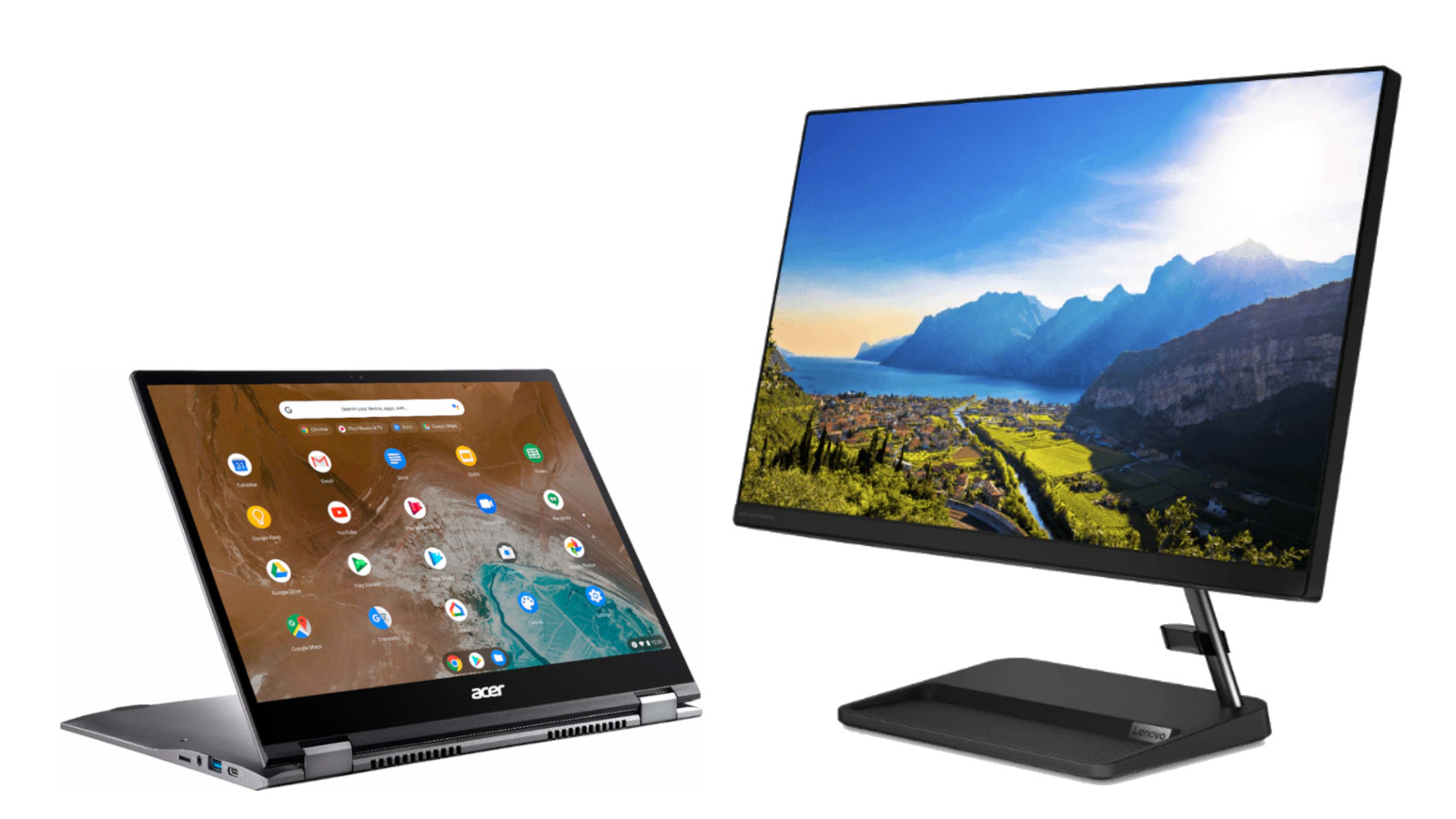
Showdown three: low-end PCs
- Acer Chromebook Spin 713 (CP713-3W-58KE): $1094
- Lenovo IdeaCentre AIO 3i Gen 6 24-inch: $1099
- Our build: $1027
At around $1100 and below, our shop-around showed building your own PC isn’t really worth it. It’s still easier to eventually upgrade individual PC parts, but you’re sacrificing a lot of convenience for a meagre payoff at best.
Devices in this price bracket aren’t for much more than word processing, general productivity, browsing, communication, and light video.
You might get what you need from an Android tablet, Chromebook, Windows laptop, or Windows tablet, as well as an affordable all-in-one. All of these are far more compact, portable, efficient and often easier to use than a desktop tower PC.
It’s difficult to make meaningful comparisons based on hardware alone when the competition is so diverse, but we still created our own budget build and (very) roughly compared it to two pre-built alternatives.
Our result is barely cheaper and not much more powerful – if at all. We’ve stuck with Windows as the OS, but you don’t have to (the Acer Chromebook uses ChromeOS, after all). Going with a free Linux distro would save you $225.
The Lenovo IdeaCentre AIO 3i is about as compact as desktops come. It’s still far larger than a laptop or tablet, but at least it has a decent-sized display. Our bulky, cheap computer case is a comparative eye-sore next to the lot of them.
The Acer laptop’s 13.5-inch, touchscreen display has a surprising resolution of 2256 x 1504 – at this price you’d expect 1080p. Both the Lenovo IdeaCentre AIO 3i and our monitor are 1080p with no touch input.


